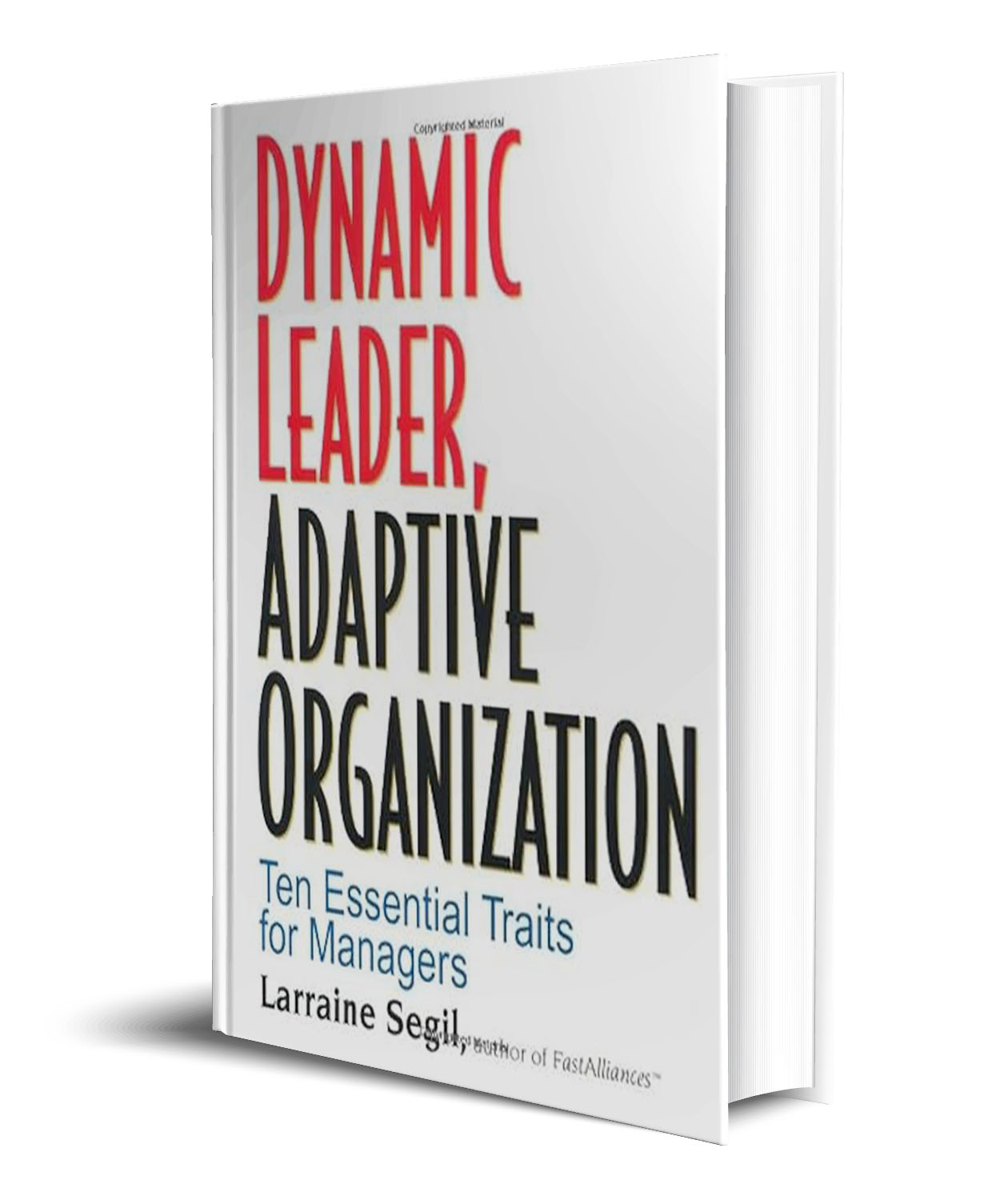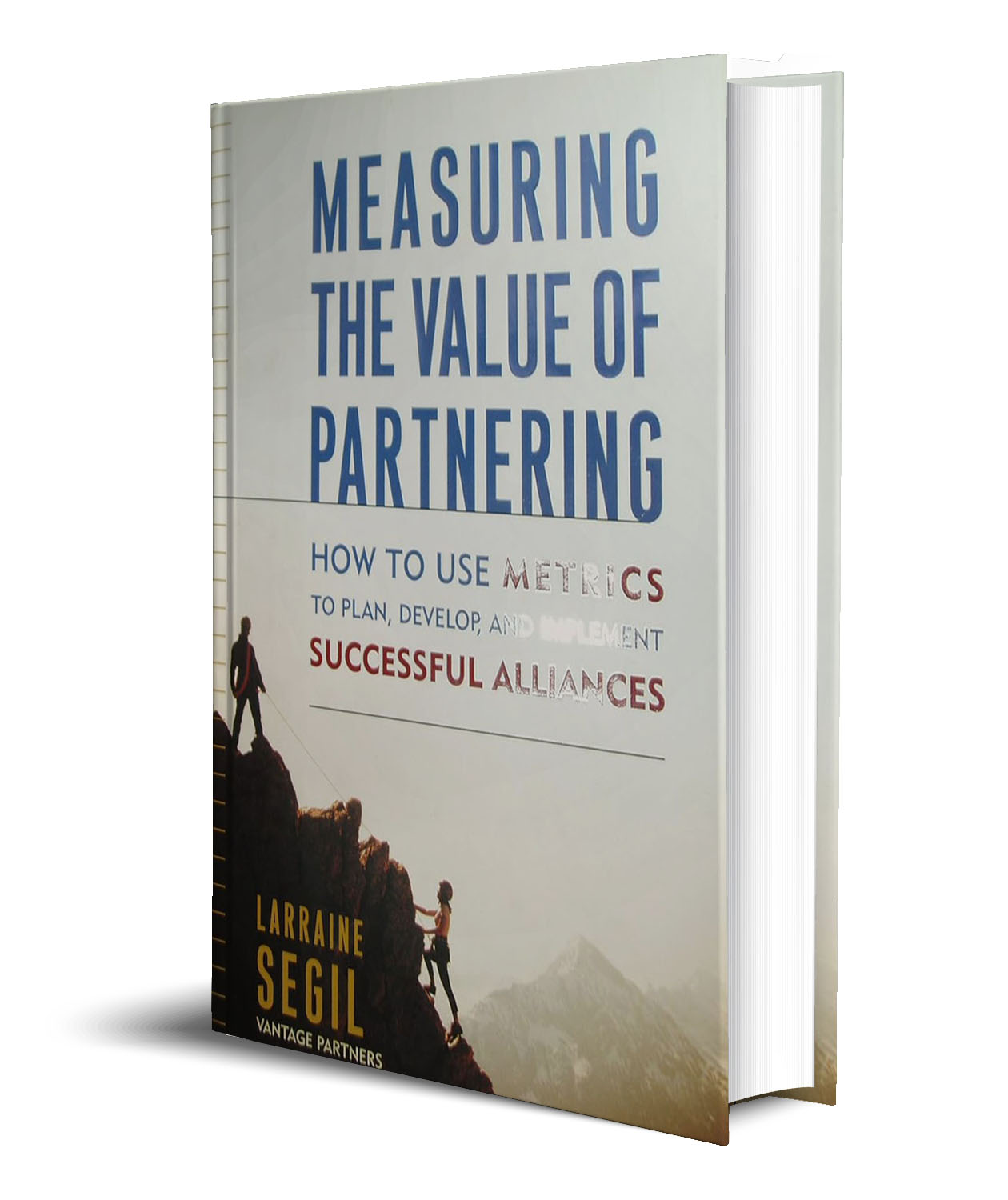Realigning your IT department for global alliances
Published: July 12, 2006
By Howard Baldwin
Microsoft Midsize Business
When your company begins relying on global partners to do business, your IT department must be ready to adapt.
Here are some tips in helping prepare your IT staff to become world-class.
| › | Get involved early so that you can notify your fellow business managers about the challenges of integrating data between partners. |
| › | Ensure that your staff understands the business issues involved in the alliance. |
| › | Get a handle on the vagaries of international communications. |
| › | Investigate international security and privacy issues. |
True story: A company that had grown through acquisition ended up with seven separate computer systems that could not exchange information. But when the company entered into a partnership with another firm, its executives discovered almost immediately that for the alliance to work properly, the new partner needed information from all seven systems.
| IT is an integral part of the organizational structure, so the people in the IT department are also integral to planning for partnerships. | ||
| Larraine Segil | ||
The company’s IT department was forced to redirect resources so that it could build a common repository to deliver information to the partner. That turned out to be so complicated that the company ended up installing Microsoft Office SharePoint Portal Server for collaboration. Resolving the data integration issues slowed down the completion of the alliance by months, according to Larraine Segil.
The sad truth is that this particular IT department was not prepared for an alliance. Alliances require communication between partners, and this company could not even exchange information within the confines of its own systems. Before IT can support a firm’s growth, especially on a global scale, it needs to function smoothly on its own.
Here are 4 tips on how IT should adapt for alliances, global or domestic.
1. Get involved in the planning process.
“IT is an integral part of the organisational structure, so the people in the IT department are also integral to planning for partnerships,” Segil says.
Simply put, alliances rely on solid communication, most of which is electronic, and that is IT’s bailiwick. For communication to run smoothly, you must conduct an honest assessment of how the systems (yours and your partners’) work.
Take manufacturing, for instance, and the challenge of ensuring that assembly-line data properly updates inventory systems. The sooner you get involved, the more time you will have to perfect the information flow, whether through the exchange of flat-file database information or XML-based transactions. “Companies embark on global alliances because they are trying to achieve a competitive advantage, but in doing this they forget that they’re creating a more complex supply chain,” notes Kris Ruckman, a director in the Charlotte, North Carolina, office of Grant Thornton, which specializes in consulting for midsize firms.
2. Get clear on the business requirements.
Exactly what is the purpose of the alliance? Is it to increase sales? If so, ask your sales managers how that should occur. Salespeople need access to your customer relationship management (CRM) system, while resellers might download country-specific information from your Web site. If you are selling online, think about how your site looks to international customers.
Additionally, your staff must understand how much information is necessary (that is, a single data point, or a weekly trend), the frequency of communications, how parties exchange information and the reporting mechanisms, according to Jim O’Gara, vice president of business development for FrontRange Solutions, a Dublin, California-based developer of applications for small and midsize enterprises, and a Microsoft Gold Certified Partner. If executives require more information than a weekly e-mail summary provides, you need to consider formatting and delivery issues.
3. Maintain a network infrastructure that won’t slow partners down.
If this is your company’s first foray into a global alliance, the IT department needs to understand not only what information is being transmitted, but how. The most logical choice for midsize companies is to create a virtual private network (VPN) for communicating to Europe and Asia, suggests Robert Douglas, president of Planet Magpie, a San Jose, California-based consulting firm focusing on midsize companies. Those are easiest to manage when it comes to security and bandwidth.
If partners will be frequently exchanging large multimedia files, Douglas advises using hardware appliances called wide-area network accelerators. By placing one on each end of a network, this technology can deliver up to 90 percent compression of files.
For access to other kinds of applications, such as billing or accounting systems, Douglas recommends using terminal emulation software, which allows access to data in specific applications. Another option: setting up a Microsoft SharePoint Web portal, where information can be checked in and out. Appropriate parties are notified when information has been changed, and you have an ongoing repository of project-related data.
4. Plan for security and privacy protection.
No matter the transmission mechanism, IT needs to manage security and privacy around alliance communications. This is especially important in international partnerships, where intellectual property, such as product designs and application software, represent key assets for the owner. (It never hurts to check with the legal department regarding either specific local regulations or cultural attitudes toward the safeguarding of personal or corporate data.)
Furthermore, Ruckman says, IT needs to play a leadership role when it comes to storing and archiving data. The business function may own the data and decide about access and retention, but it is IT’s responsibility to do that safely.
Helping out when partnerships come to an end
At the end of the partnership—and all partnerships do end—IT often has the thankless job of dismantling the relationship. “Have a strategy regarding data archival and compliance issues,” says Planet Magpie’s Douglas. In many industries, companies must retain data for a certain amount of time. The IT manager needs to determine who is going to save, transmit and ensure the integrity of the information.
Global partnerships thrive on communication and collaboration, and IT is the overseer of those capabilities. When you are aware of what is being communicated and how workers are collaborating, you can offer more and better insights into improving the process.






Leave a Reply
You must be logged in to post a comment.